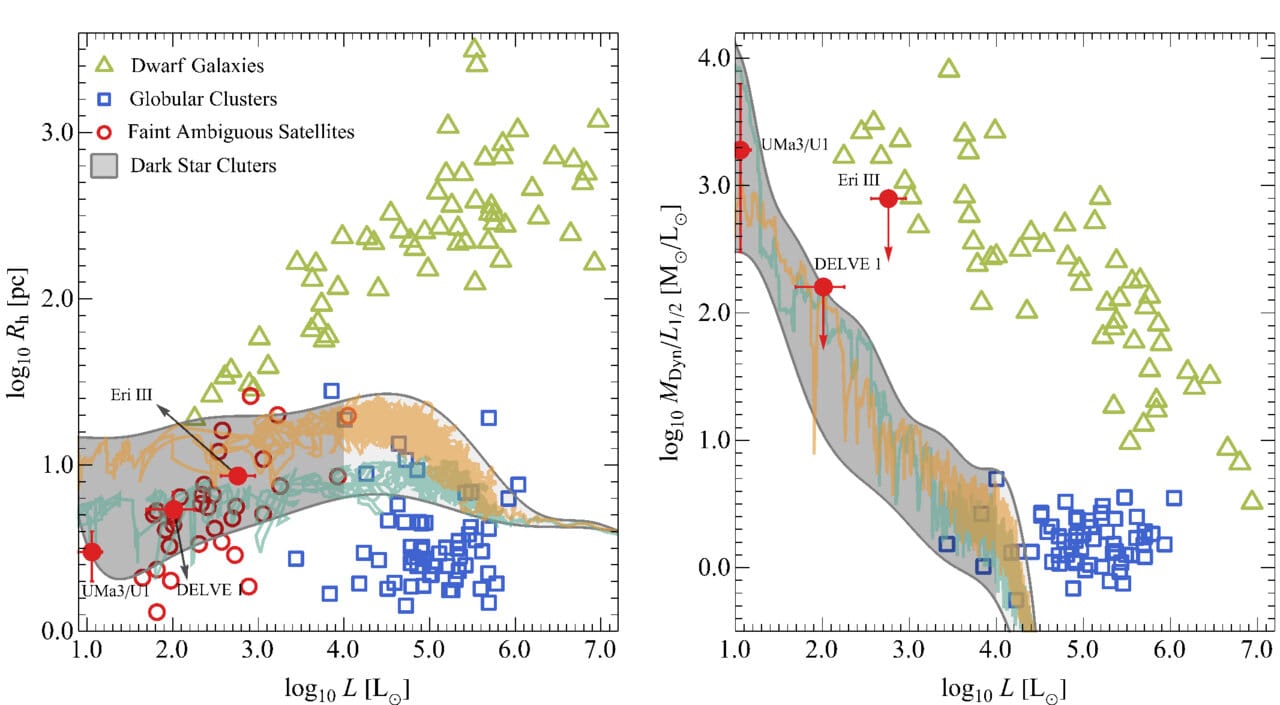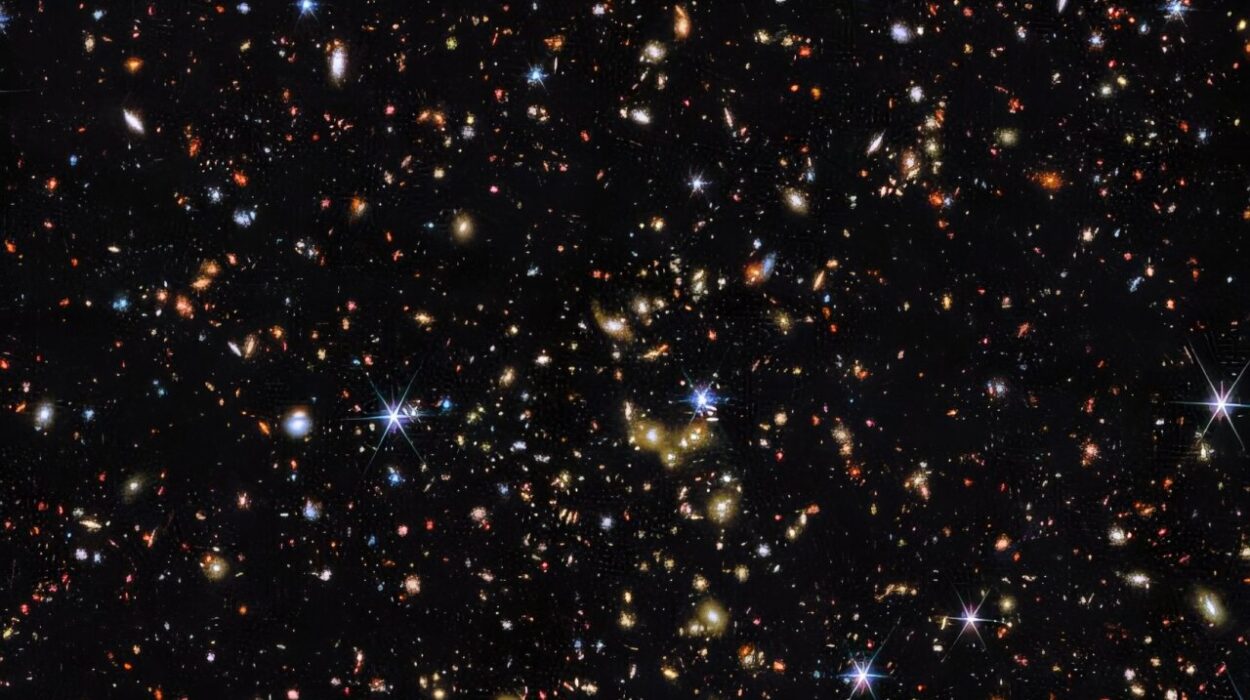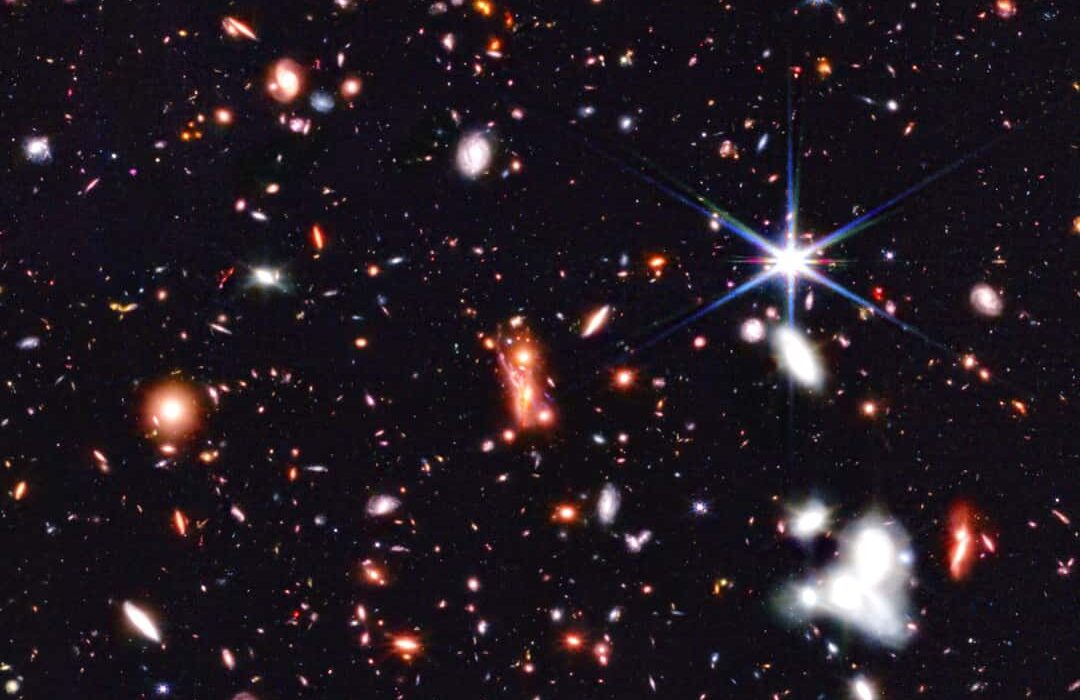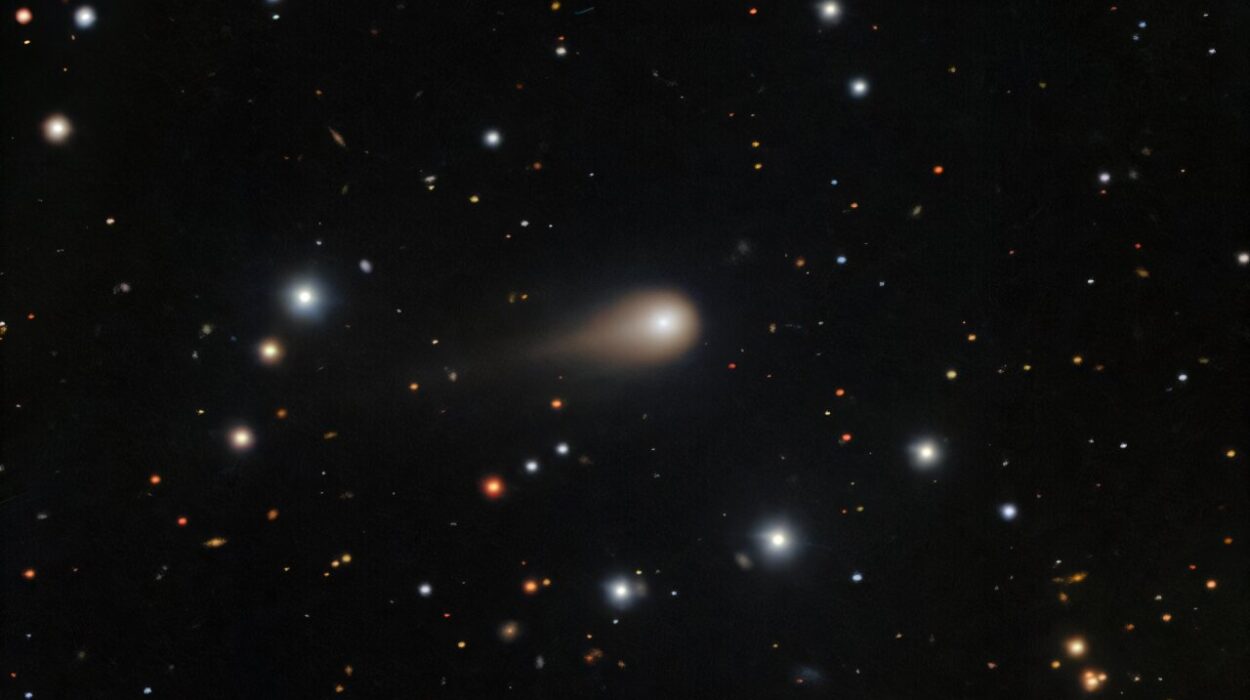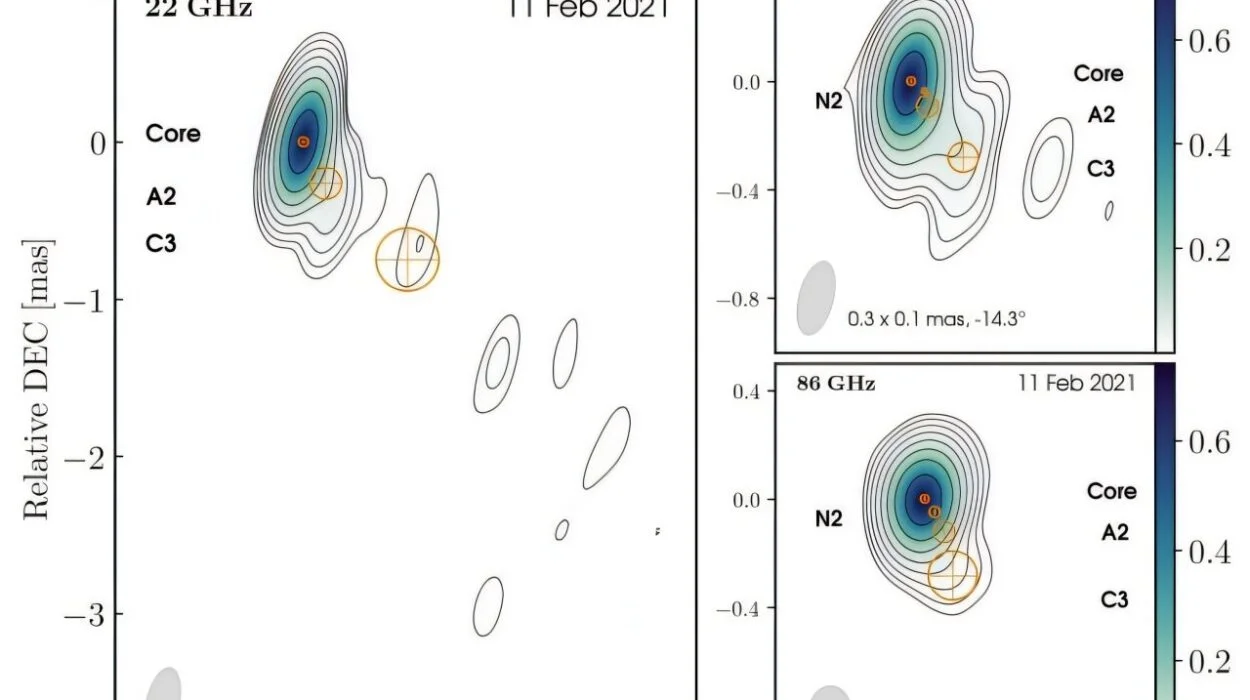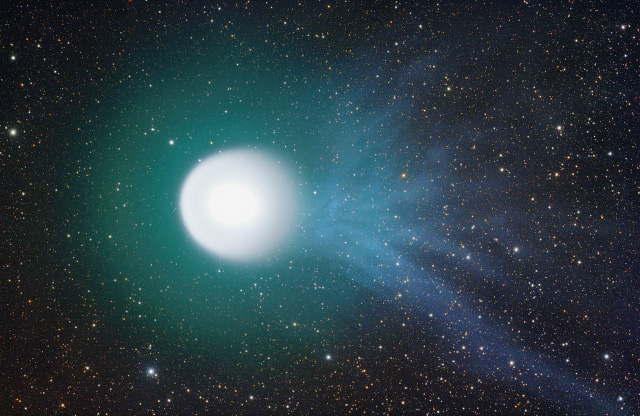Far beyond the luminous arms of the Milky Way, where our galaxy’s spiral fades into the cold and quiet darkness of intergalactic space, lies a faint and enigmatic companion. Known as Ursa Major III, this object drifts at a distance of more than 30,000 light-years, so dim that even the most powerful telescopes barely register its glow. For years, astronomers believed it was a dwarf galaxy, a ghostly system of stars anchored by an invisible ocean of dark matter.
But new research has rewritten this cosmic tale. An international team of astrophysicists from the University of Bonn and the Institute for Advanced Studies in Basic Sciences in Iran has uncovered evidence that Ursa Major III is not a dwarf galaxy at all. Instead, it appears to be a dark star cluster, bound together not by dark matter, but by the hidden gravitational grip of collapsed stellar remnants—black holes and neutron stars.
Their study, published in The Astrophysical Journal Letters, offers the first compelling evidence that some of the faintest objects orbiting our galaxy may not be exotic dark matter laboratories, but the decayed hearts of once-bright stellar communities.
The Puzzle of the “In-Between”
Astronomers have long puzzled over a class of celestial objects that refuse neat categorization. On the surface, they resemble star clusters—tight gatherings of stars orbiting together. Yet their mass-to-light ratios are shockingly high. For some, the ratio is hundreds or even thousands of times greater than that of normal dwarf galaxies. This means they appear to contain far more mass than their visible stars can account for.
For decades, the simplest explanation was dark matter. If these faint satellites were dwarf galaxies, then their unusual mass must come from invisible dark matter halos enveloping them. That view fit neatly into cosmological models in which dark matter scaffolds the universe, drawing galaxies together like cosmic glue.
But not all was well. “Neither established dark matter models nor alternative theories have been able to satisfactorily explain the exact causes,” says Ali Rostami-Shirazi, doctoral researcher and lead author of the study. These “in-between” objects remained a thorn in astrophysics: too dim to be conventional galaxies, too heavy to be ordinary star clusters.
Focusing on Ursa Major III
Among these strange satellites, Ursa Major III stands out. Discovered only recently, it is the faintest known companion of the Milky Way. With only a handful of stars glimmering in its body, it seemed the very definition of a dark dwarf galaxy—a system dominated almost entirely by dark matter.
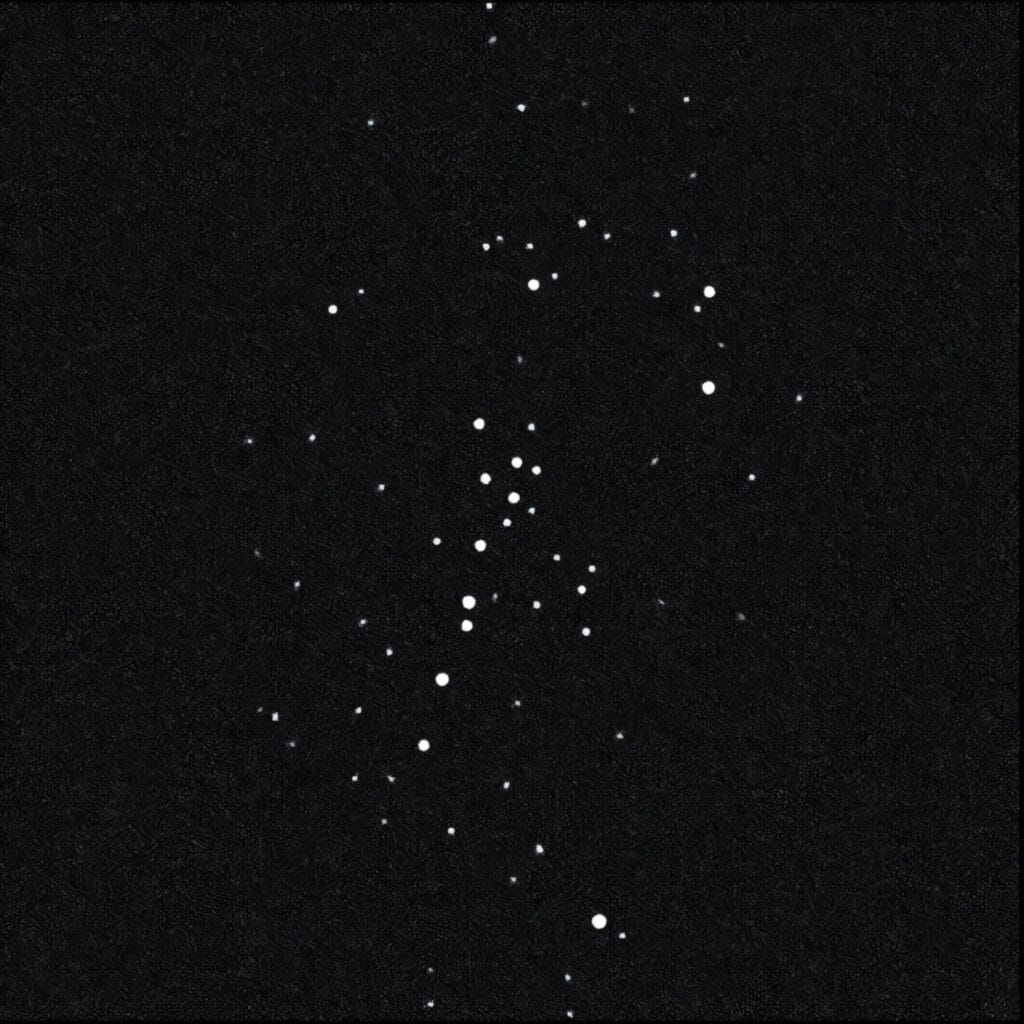
But when the research team ran detailed simulations, a startlingly different picture emerged. Instead of being filled with unseen particles, Ursa Major III may be a compact star cluster whose outer stars have been stripped away over billions of years by the tidal pull of the Milky Way. What remains is a small but heavy core, sustained not by dark matter, but by the invisible weight of black holes and neutron stars lurking at its center.
“Dark star clusters form when gravitational interactions with the Milky Way remove the outer stars from a star cluster,” explains Prof. Dr. Hosein Haghi, who holds positions both at the University of Bonn and the Institute for Advanced Studies in Basic Sciences in Zanjan, Iran. “What’s left behind is a dense, massive core that emits little to no light. Until now, this effect has often been mistaken for dark matter.”
Rewinding the Universe in Simulation
To test their hypothesis, the team turned to one of astrophysics’ most powerful tools: N-body simulations, computer models that track the gravitational dance of thousands of stars over cosmic timescales. By inputting the latest observational data—Ursa Major III’s orbital path around the Milky Way, its chemical makeup, and its present-day structure—the researchers “rewound the clock,” reconstructing billions of years of its history.
The results were striking. The current state of Ursa Major III could be perfectly explained if the object began as a typical star cluster that, over time, was eroded by the Milky Way’s tidal forces. The faint light we see today shines from the handful of stars that survived the stripping process, gravitationally bound to a dark central mass composed of black holes and neutron stars. No exotic dark matter was needed.
“Our work shows for the first time that these objects are most likely normal star clusters,” says Prof. Dr. Pavel Kroupa, a co-author of the study and a member of the University of Bonn’s Transdisciplinary Research Area “Modeling and Matter.” “This solves a major mystery in astrophysics.”
A Shift in Perspective
The implications of this discovery ripple far beyond one faint cluster. If Ursa Major III is not a dark dwarf galaxy but a dark star cluster, then other similar objects may be as well. That would significantly reduce the number of ultra-faint dwarf galaxies thought to orbit the Milky Way—objects long prized as testing grounds for dark matter models.
For decades, the hunt for dark matter has leaned heavily on such systems, treating them as cosmic laboratories where the unseen dominates the visible. But if many of these bodies are really just star clusters scarred by the Milky Way’s tidal forces, then a cornerstone of dark matter research must be reconsidered.
Kroupa emphasizes that this result also showcases the power of computer simulations. With the right modeling, seemingly exotic phenomena can sometimes be explained by ordinary physics. “Our current results provide a new basis for understanding mysterious celestial objects, while also opening up new perspectives for galaxy research,” he says.
Shadows and Light in the Galactic Halo
Ursa Major III is still there, faintly glowing in the halo of the Milky Way, a tiny ember adrift in the darkness. Once, perhaps, it was a thriving star cluster glittering against the black. Over time, the relentless gravity of our galaxy stripped away its outer layers, leaving only a hidden heart—a cluster of collapsed stars whose gravity binds the remnants together.
For astronomers, it is both a humbling and exhilarating reminder. The cosmos does not always conform to our neat categories. Sometimes the universe hides its answers not in the exotic, but in the ordinary forces of nature, played out on scales so vast they appear alien to us.
And in the dim light of Ursa Major III, we are reminded of the fragile line between what we can see and what we can only imagine.
More information: Ali Rostami-Shirazi et al, Dark Star Clusters or Ultrafaint Dwarf Galaxies? Revisiting UMa3/U1, The Astrophysical Journal Letters (2025). DOI: 10.3847/2041-8213/adf320
